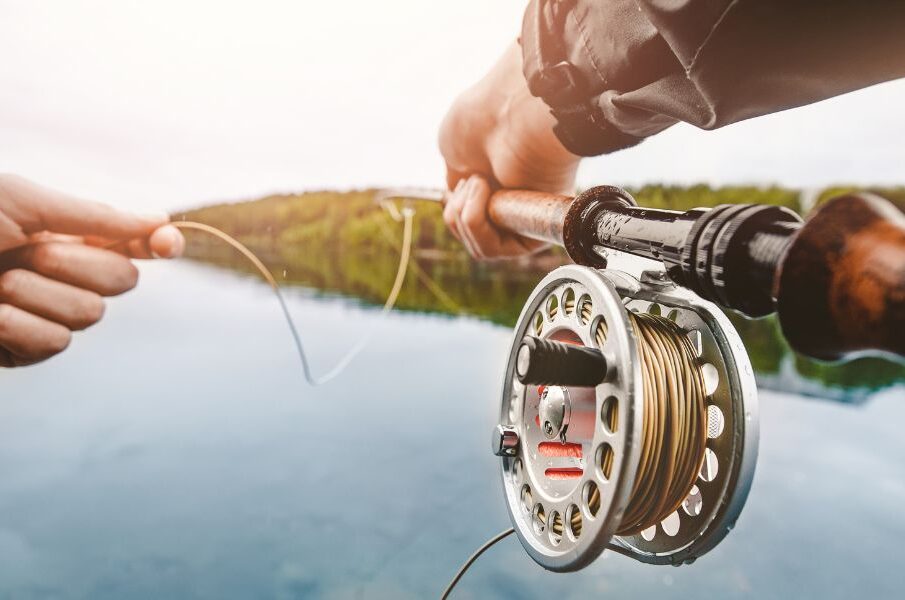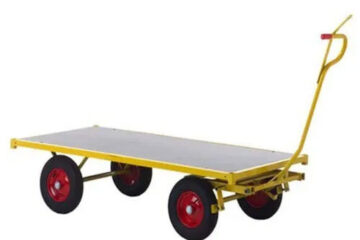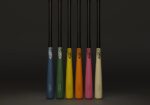5 Key Fly Fishing Techniques for Beginners

Fly fishing is not merely a pastime; it is a sophisticated art form deeply rooted in rich traditions. It requires a delicate balance of finesse, expertise, and understanding. Immersing oneself in the nuances of water, deciphering the behavior of elusive fish, and recognizing how every move can lead to success are paramount. For novice anglers embarking on this rewarding journey, there are specific techniques that can expedite progress and enhance the overall experience. Here, we present five essential fly fishing techniques that every beginner should master.
Foundational Fly Casting:
Developing mastery of the fundamental technique of fly casting is absolutely crucial, especially for beginners who are just starting out. It involves not only understanding the rhythm of the cast but also paying close attention to the timing between the forward stroke and the back cast. The key to success lies in starting slowly, maintaining an unwavering focus on executing smooth and precise movements, and gradually increasing the distance as confidence and proficiency grow over time. By consistently practicing and honing your skills, you’ll be well on your way to becoming a proficient fly caster.
Water Interpretation:
As Henry David Thoreau astutely observed, “Many men go fishing all of their lives without knowing that it is not fish they are after.” Thoreau’s words beautifully capture the essence of fly fishing. A significant and enjoyable aspect of this art lies in the skill of interpreting the water—adeptly comprehending the current, assessing water depth, and identifying prime locations where fish are likely to be found. It involves keenly observing and interpreting the subtle and fascinating signs that nature presents.
Fly Selection Acumen:
Choosing the right fly is paramount to successful fishing. The primary rule is to “match the hatch,” meaning replicating the insects that fish are currently feeding on. To achieve this, a solid understanding of local insect life and the specific preferences of the targeted fish species is essential. By following these guidelines, the chances of a successful and fulfilling fishing experience greatly increase.
Impeccable Drift Execution:
Mastering the art of presenting the fly in a natural and lifelike manner is one of the most challenging yet incredibly rewarding skills in fly fishing. This is achieved through the skillful execution of a technique known as “the drift.” Perfecting the drift involves delicately casting the fly upstream and allowing it to gracefully float downstream, imitating the alluring movement of real insects.
Flawless Hook Set:
Setting the hook is a critical skill in fly fishing. Once a fish takes the fly, applying just enough force to set the hook without snapping the line is crucial. This involves executing a sharp and firm upward tug of the rod, ensuring proper hook placement, and increasing the chances of a successful catch.
Stephen Gleave Ancaster serves as an exemplary fly-fishing enthusiast who has mastered these techniques. With years of practice, dedication, and profound respect for the art and science of fly fishing, Stephen Gleave Ancaster has perfected the skills necessary for success. Stephen Gleave Ancaster is a Canadian employment lawyer with over three decades of experience. His expertise in the field echoes these sentiments.




















